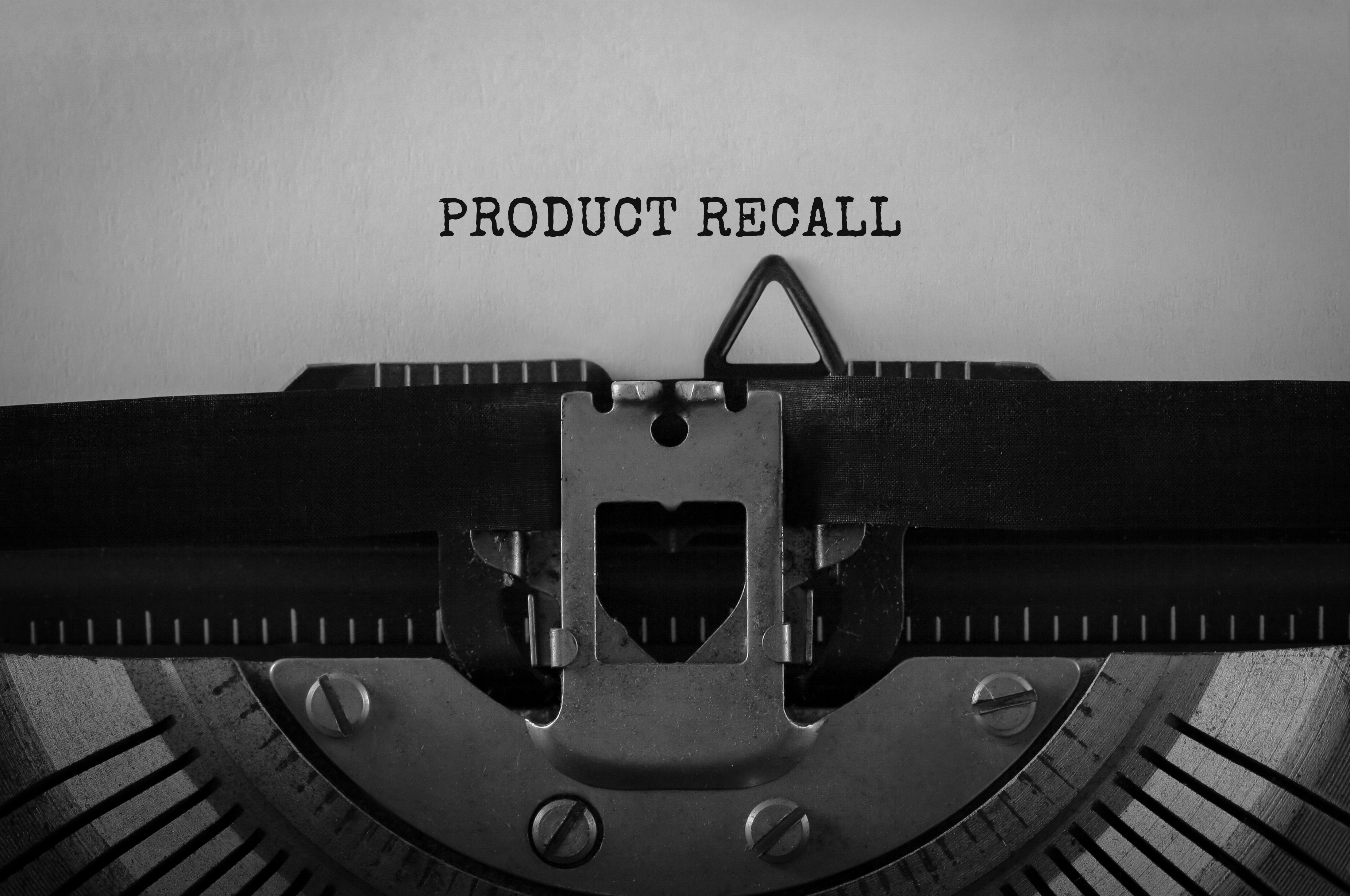An effective product recall plan involves multiple levels of consideration. These range from PR matters to staff mobilization and stock retrieval. Multi-faceted recall processes pose many pitfalls that might prove problematic for companies if poorly managed. The New Normal could worsen recall woes for various industries (i.e., foodstuff and healthcare) as regulatory bodies like the FDA heightens quality measures by accounting for COVID-19 complications, on top of pre-existing criteria.
Hence, a product recall plan should serve as a comprehensive set of guidelines to fulfill the requirements of voluntary and mandatory recalls.
Identifying the Problem
The first step of product recall plans involves refining the data or information of a product batch. Data may originate from internal quality checks or consumer complaints. Companies need to access the preliminary scope of the issue and determine if the damage is containable without a product recall. Product recalls are serious decisions, and a false alarm can cause considerable damage to public confidence in a brand.
Hence, product recall plans should feature consistent methods of diagnosing a reported problem, refining the information, and identifying the consignees/consumers affected.
PR Matters
Product recalls are time-sensitive procedures where the public and media should be informed quickly and effectively about the recall process. Poorly managed PR can lead to a recall situation spiraling out of control and unwanted publicity.
Companies need to inform each staff member of their roles and responses during a recall. Responses include social media updates, official media statements, and the information contained. Employees must be aware of the information they are allowed to share before the release of a formal report and retain strict confidentiality practices.
An assigned public spokesperson can provide the public and media with the assurance required to minimize panic during the recall. The ideal spokesperson is an individual experienced and formally trained in PR and media communications. Affected companies should conduct market research to establish the most popular communication channels of affected demographics to maximize notification outreach.
A carefully prepared media release statement should contain concise and factual information on the recalled batch of products. These details include product batch numbers, the nature of the recall, and company contact details for consumer support and outreach.
Legality Issues
Recalls involve red print that requires careful preparation. Poorly executed legal processes may lead to substantial losses and long-term damage to the company’s reputation and potentially the revoking of operational licenses. Product recall statements and plans should be vetted by a legal professional to account for every point contained within, with the best interest of the company’s future.
Companies should ensure that they meet the latest product recall regulations outlined by the CPSC (Consumer Product Safety Commission), which include response timeline, product disposal procedures, and report compliance.
A distinguished law agency specialized in product liability can help mitigate the damage to the company’s brand and customer relationships, cutting back losses through a preemptive approach.
Retrieval and Disposition
Recalled products require prompt retrieval and disposition processes. Companies need to include these response processes in a product recall plan to avoid budget blowouts. The physical recall process involves two parts: retrieval and disposition.
Retrieval requires the affected company to tally and segregate the remaining stock of recalled batches from saleable products before disposition. Company managers should communicate with each party in a supply chain, including online resellers and local and international distributors.
Disposition is a two-prong process that includes product disposal and stocktaking of returned items. Companies should always implement safe disposal procedures to prevent further risks to consumers and the environment. Affected companies need to consider the most cost-effective shipment and disposal method (i.e., incineration, recycling, etc.) according to the product’s materials and ingredients.
Large-scale disposition might consist of additional transportation fees and the hiring of ad-hoc ground staff. Based on the scope of the recall, companies may require a global disposition task force or the support of a foreign partnership.
Optimizing a Product Recall Plan
Trievr Recall Management is a specialized solutions provider of comprehensive product recall tools. Our Cloud-based platform enables companies to save valuable processing and communication time during a crisis from anywhere and at any time. Our experts continuously develop the software by offering highly customized services based on your business’s specific needs. We believe that a product recall is a complex crisis where you should only pay for what you need – with minimum fuss. Trievr will help you replace tedious and risky manual product recall processes with on-demand services as and when required.
Schedule a live demo with us today to experience a positive difference in your product recall strategies. Let’s take your product recall operations to the next level.
